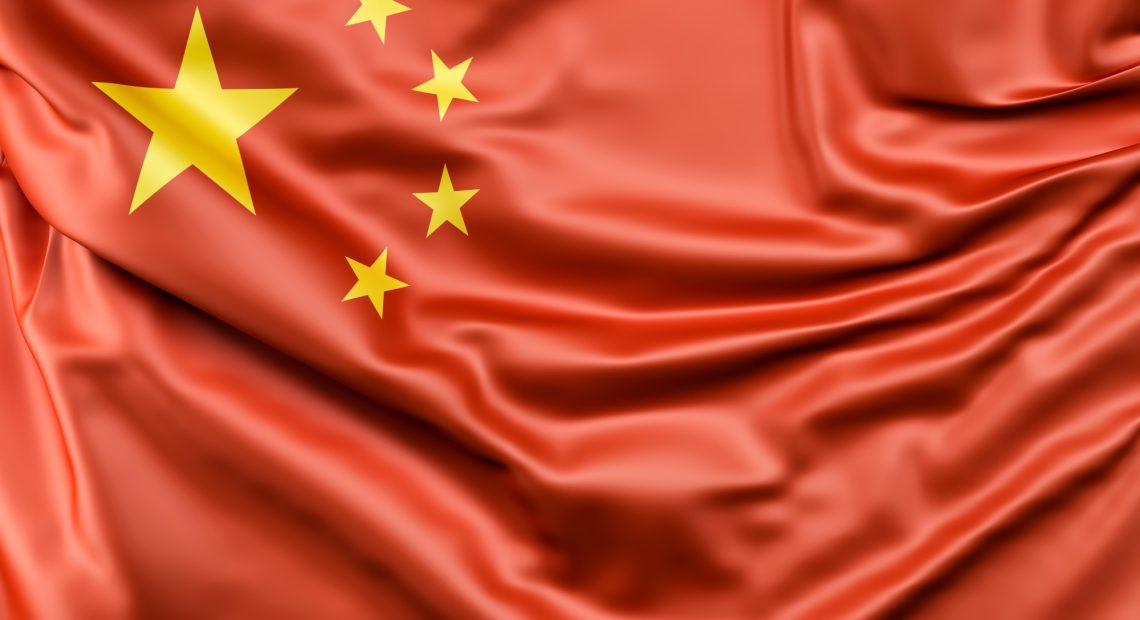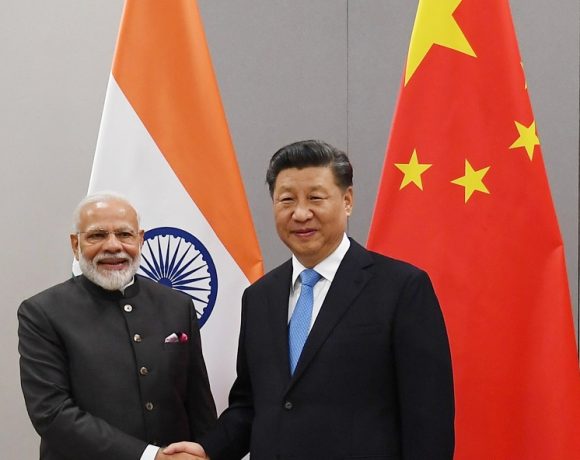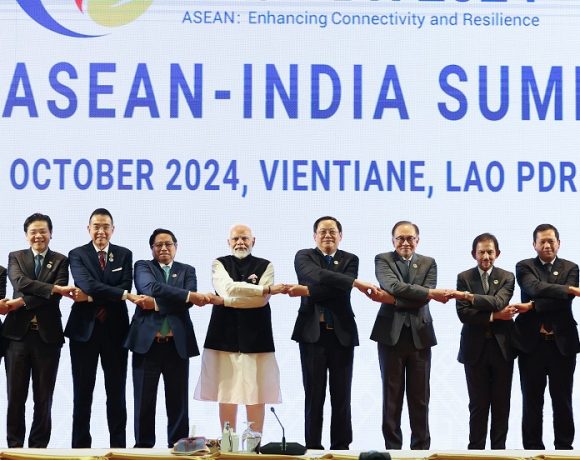
China’s Rare-Earth Export Clampdown Backfires on Domestic Producers
China’s decision to tighten export controls on rare-earth magnets in April has boomeranged, causing significant strain on its domestic magnet industry. Intended as a geopolitical move to counter Western tariffs, the export licensing clampdown has led to a sharp collapse in international demand, revenue losses, and ballooning inventories for Chinese manufacturers.
Rare earth impacts
Although China controls roughly 90% of the global rare-earth magnet supply, the export segment has long been a critical revenue driver for its producers. For several of China’s top magnet firms, international orders accounted for between 18% and 50% of their 2024 income. Since the export curbs took effect, overseas shipments have plummeted by over 75%, and domestic demand—particularly from the weakening electric vehicle sector—has failed to compensate.
In response, many smaller manufacturers have slashed production by up to 15%, while larger firms report growing concerns over unsold stock and disrupted cash flow. Industry insiders have described the fallout as a “crisis” that may take months, if not years, to recover from.
Inventories and licensing issues
The licensing regime has created bureaucratic bottlenecks that paralyze trade. Companies now must provide detailed product information—including use cases and technical specifications—to secure export approval. The process has proved slow and opaque, leaving finished goods to pile up in warehouses with no access to international buyers.
With production lines still running, inventories are swelling and balance sheets are under pressure. Many firms are facing liquidity challenges and delays in order fulfillment, even after a bilateral deal with the U.S. aimed at easing trade restrictions was announced in late June.
Strategic implications
What was meant to be a calculated countermeasure against foreign trade pressure has now exposed vulnerabilities in China’s export-dependent rare-earth sector. While the original intent was to assert strategic control over critical minerals, the outcome has instead destabilized domestic supply chains and eroded industry confidence.
Industry analysts suggest that consolidation is inevitable—only the most resilient or state-backed producers may endure this squeeze. Smaller firms, already hit by lower demand and restricted exports, are likely to exit the market unless conditions improve swiftly.
Global supply chain shake-up
The ripple effects have extended well beyond China. International buyers, seeking supply chain security, are now turning to alternative suppliers in Southeast Asia and Europe—despite paying a premium of up to 30%. This pivot could lead to a more diversified global rare-earth ecosystem and reduce China’s dominance in the long term.
As export restrictions linger and global buyers reorient their sourcing strategies, China’s rare-earth clampdown has shifted from being a tool of economic leverage to a challenge for its own industrial survival. Recovery will hinge not just on trade diplomacy, but on a recalibration of how strategic materials are wielded in a volatile global economy.


















